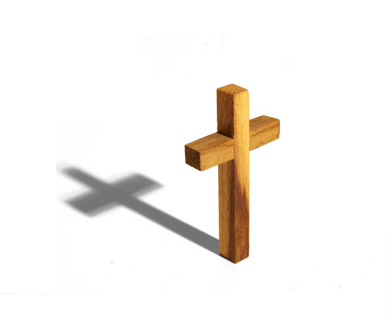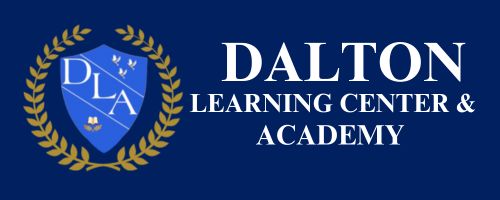Schedule a Tour
[cws-row cols=312 id=”cols312″][col span=4][cws-widget type=accs title=”Academics” items=5][item open=1 type=accs title=”Kindergarten”]
[/item][item type=accs title=”1st Grade”]
[/item][item type=accs title=”2nd Grade”]
[/item][item type=accs title=”3rd Grade”]
[/item][item type=accs title=”4th Grade”]
[/item][/cws-widget][/col][col span=8][cws-widget type=text title=”
Kindergarten @ Dalton Learning Academy“]
 Dear Parents,
Dear Parents,
 Dear Parents,
Dear Parents,As your child prepares for a different and exciting new year in Kindergarten, we are giving you a list of suggested school supplies and uniforms for the 2020-2021 school year.
UNIFORMS
Provided in your packet but can also be found in the website below
– https://www.frenchtoast.com/schoolbox/schools/dalton-learning-center-QS61C2M
Face shield is mandatory for ages 3 and up. It can be found at Amazon.
SUPPLY LIST
- 1 Bible (NKJV)
- 1 Webster’s Dictionary
- 1 Back pack (without wheels)
- 1 11”x17” zipper pencil bag (pouch)
- 5 Marble composition notebooks
- 5 two-pocket folders
- 1 pack white lined paper
- 2 pack no.2 yellow pencils
- 1 Box of dry erase markers (expo)
- 2-4 pack Glue (liquid) bottle
- 1 Scissors
- 1 pack index cards
- 1 pack expo markers
- 2 Box of 24 crayons
- 1 Box of colored pencils
- 1 box washable markers (Crayola preferred)
- 2 big “pink pearl” eraser
- 1 set of watercolors
- 2 boxes of tissues
- 1 (big bottle) hand sanitizer
- 1 letter size clip board
- 1 container of Clorox wipes
- 2 bottles of anti-bacterial Liquid soaps
- 1 container of Clorox wipes (no Lysol brand due to allergies)
- Expect to have and replenish throughout the school year as needed.
- Personal Items MUST be labeled.
Reading
The student…
- recognizes letters of the alphabet
- associates sounds with letters of the alphabet
- understands basic phonological/phonetic principles (ex., knows rhyming words, knows words that have the same initial and final sounds)
- blends individual sounds into words
- understands how print is organized and read
(ex., locating print on a page, matching print to speech, knowing parts of a book, reading from top-to-bottom, left-to-right and sweeping back to left for the next line) - uses a variety of sources to build vocabulary (ex., word walls, other people and life experiences)
- develops vocabulary by discussing characters and events from a story
- uses strategies to comprehend text
(ex., retelling, discussing, asking questions, using illustrations and sequences of events) - knows the main idea or essential message from a read-aloud story or informational piece
- selects materials to read for pleasure
- demonstrates phonemic awareness
Writing Development
The student…
The student…
- writes a story that makes sense
- stays on topic
- demonstrates phonemic awareness
- uses sight words
- writes from left to right
- leaves space between words
Mathematics
Number Sense
Number Sense
The student…
- counts, reads and writes numerals to 10 or more and counts backward from 10 to 1
- knows that cardinal numbers indicate quantity and ordinal numbers indicate position
- uses language such as before or after to describe relative position in a sequence of whole numbers
- compares 2 or more sets (up to 10) and identifies which set is equal to, more than or less than.
- uses concrete materials to represent whole number and fractional parts of a whole
(ex., one-half, and one-fourth) - counts orally by 1s, 2s, 5s, and 10s using concrete materials, pictures and hundred chart to show the concept of numbers
- demonstrates and describes the effect of putting together and taking apart sets of objects
- creates, acts out with objects, and solves number problems
- estimates the number in a set and verifies by counting
- builds models to show that numbers are odd or even
Measurements
The student…
- measures and communicates length, distance and weight of objects using nonstandard, concrete materials
- describes the concepts of time, temperature and capacity
- uses direct and indirect comparison to sort and order objects
- uses uniform, nonstandard units to estimate and verify by measuring length and width of common classroom objects
- knows and compares the value of a penny, nickel, dime, and quarter
- knows measurement tools and uses them for length, weight, capacity and time
- knows and sorts 2-dimensional shapes (ex., circles, squares, and triangles) and 3-dimensional objects (ex., cubes and cones)
- recognizes and creates symmetrical figures
- knows the attributes of circles, squares, triangles and rectangles
Algebraic Thinking
The student…
- identifies simple patterns of sounds, physical movement, and concrete objects
- classifies and sorts objects by color, shape, size, kind and which do not belong in a group
- predicts, extends and creates patterns
- knows that symbols can be used to represent missing or unknown quantities
(ex., fill in the missing number in 5, 6, _, 8) - Data Analysis & Probability
- The student…
- knows how to display answers to simple questions involving two categories or choices using concrete materials or pictures on a graph or chart
- interprets data in pictorial or concrete materials (ex., pictures on a graph or chart)
- interprets data in pictorial or concrete graphs
- uses concrete materials, pictures or graphs to show range and mode
- knows if a given event is more likely, equally likely, or less likely to occur

Dalton Learning Center/Academy
2601 SW Port St. Lucie Blvd Port St. Lucie, FL 34953
Daltonlearningacademy.com
daltonlearningacademy@gmail.com, daltonlearningcenter@gmail.com
( 772) 337-8160

Copyrights @2016 - Dalton Learning Center
